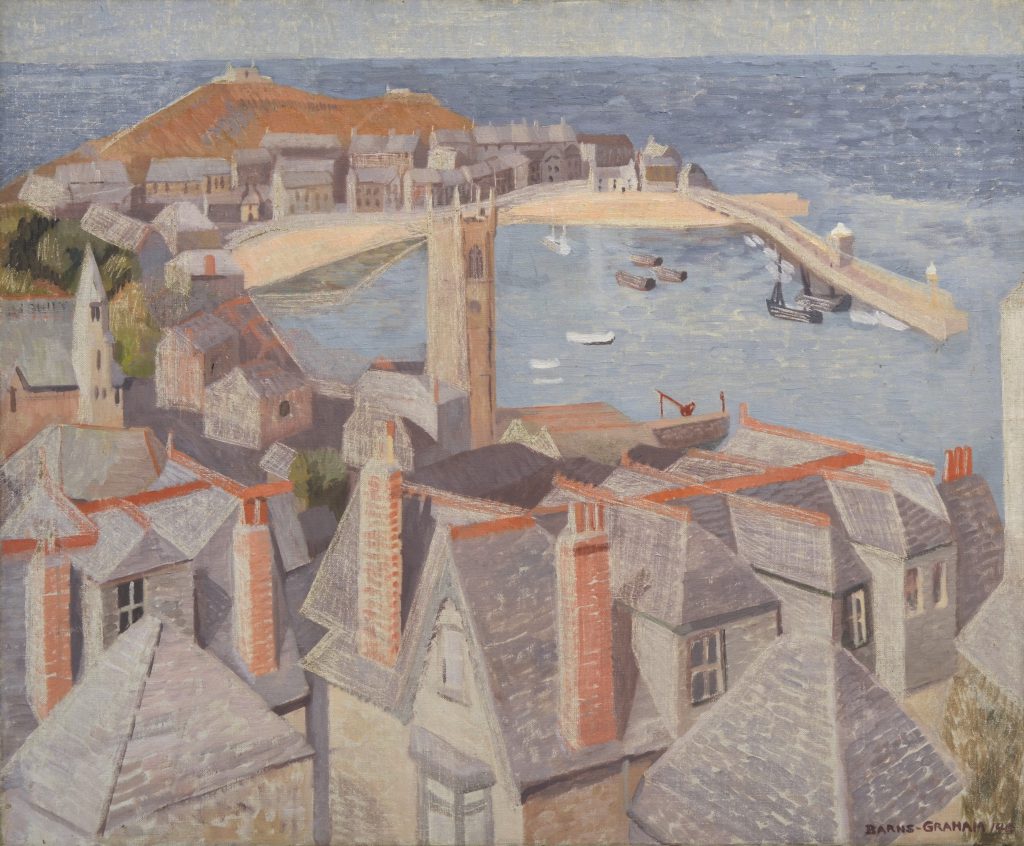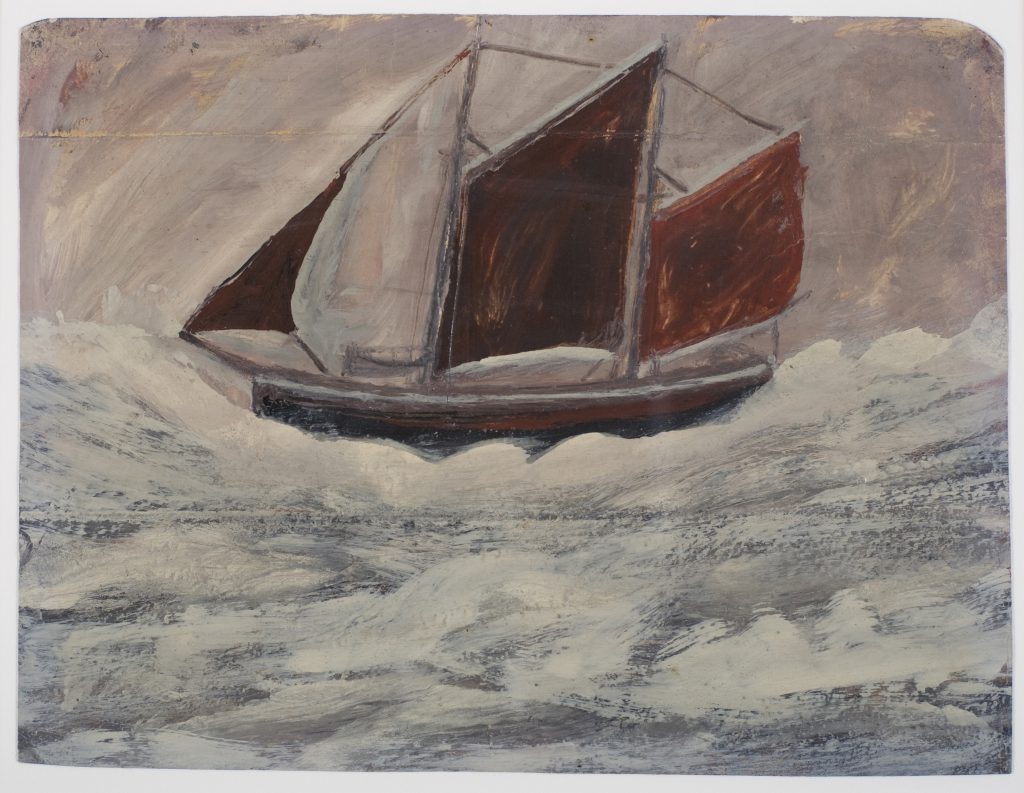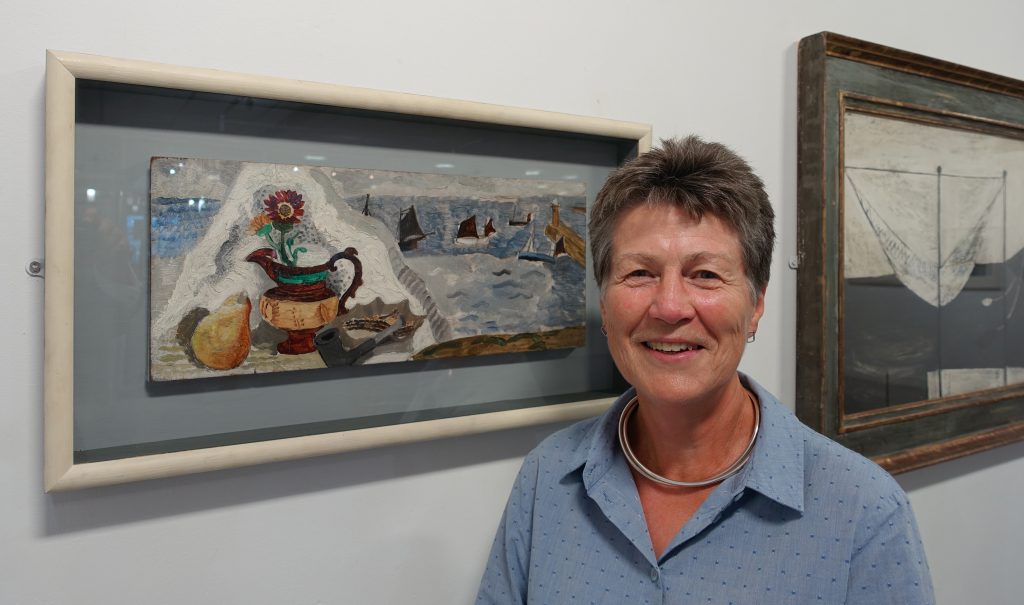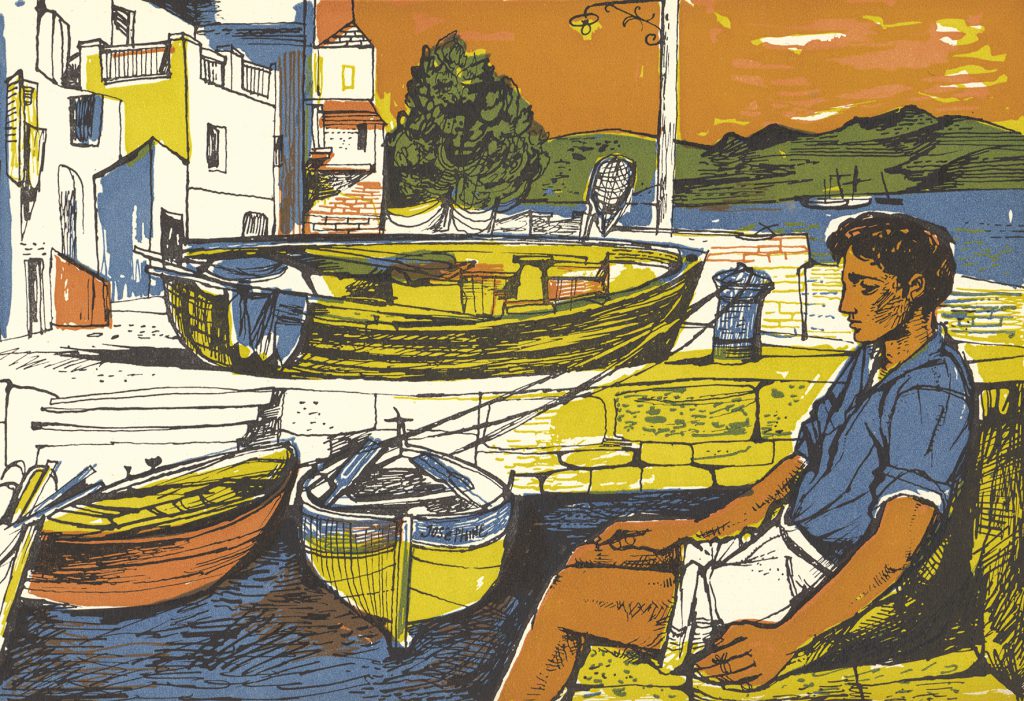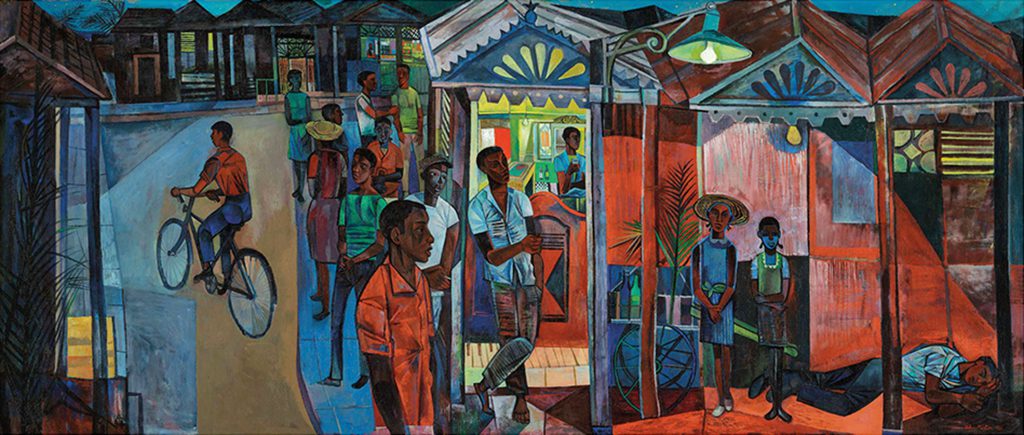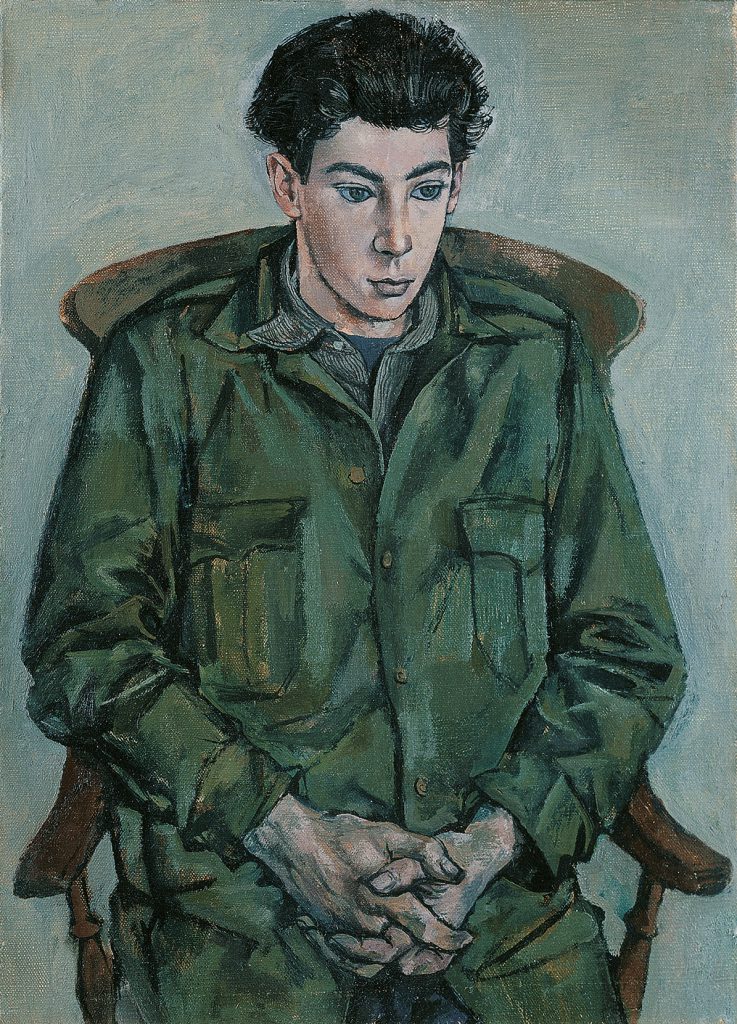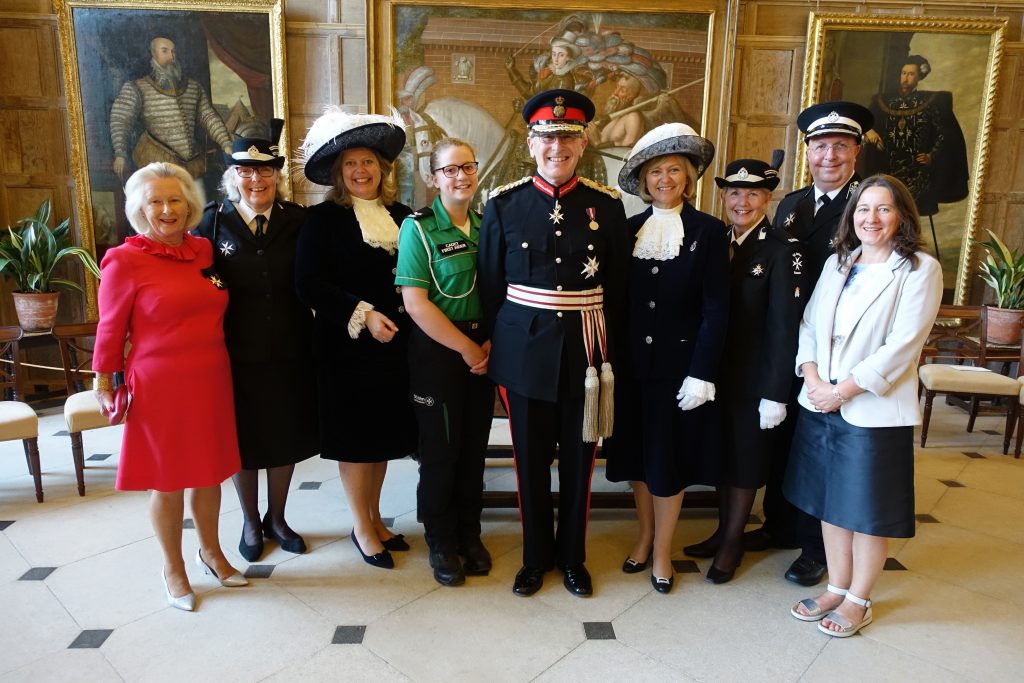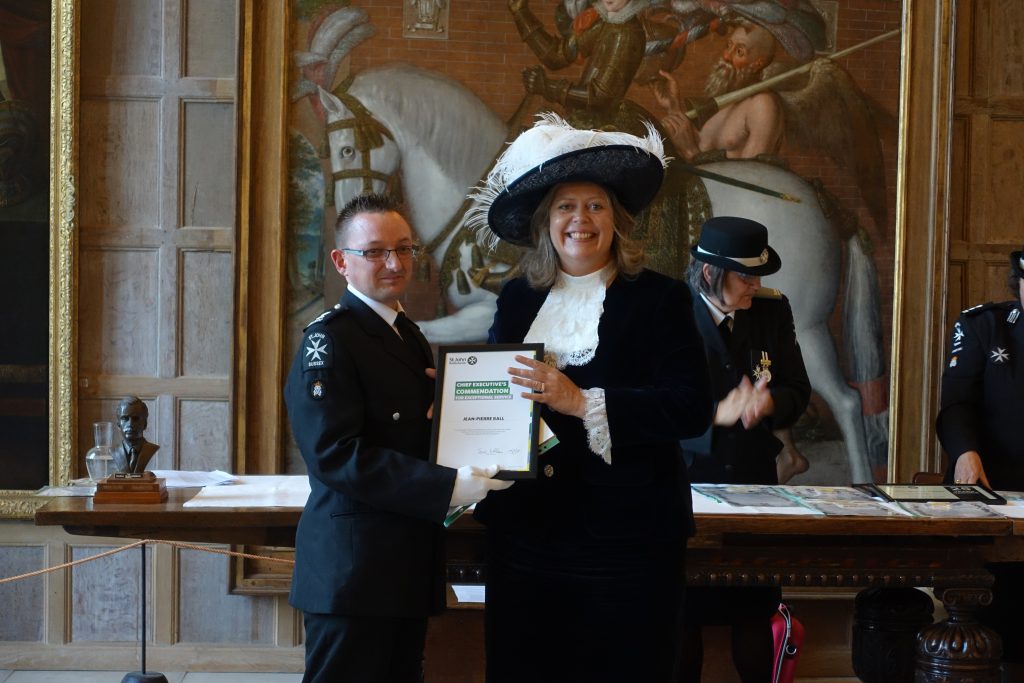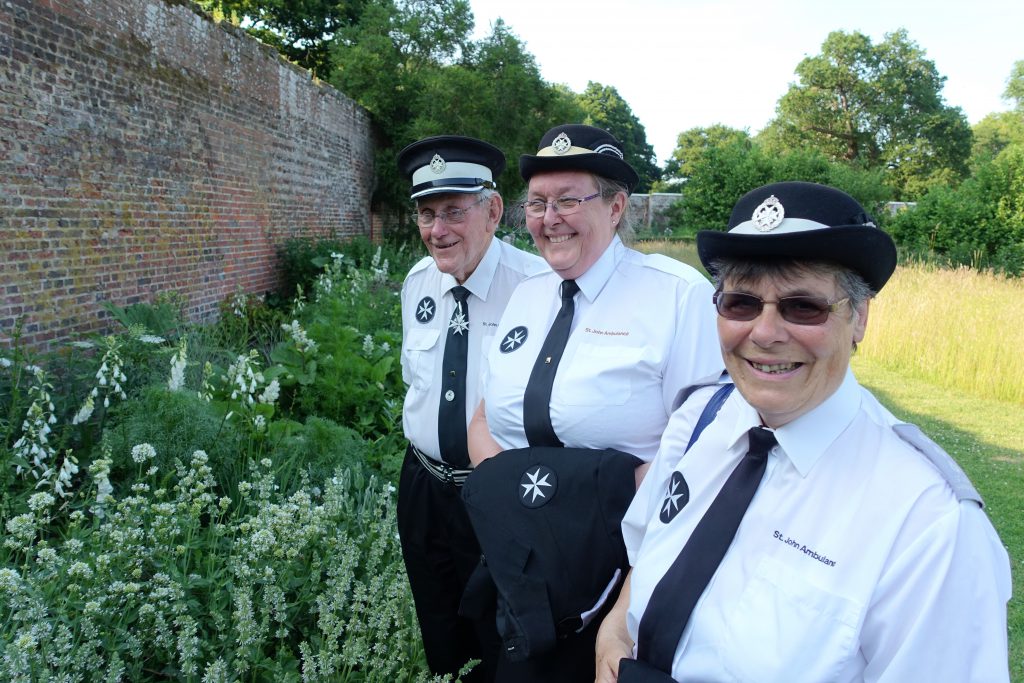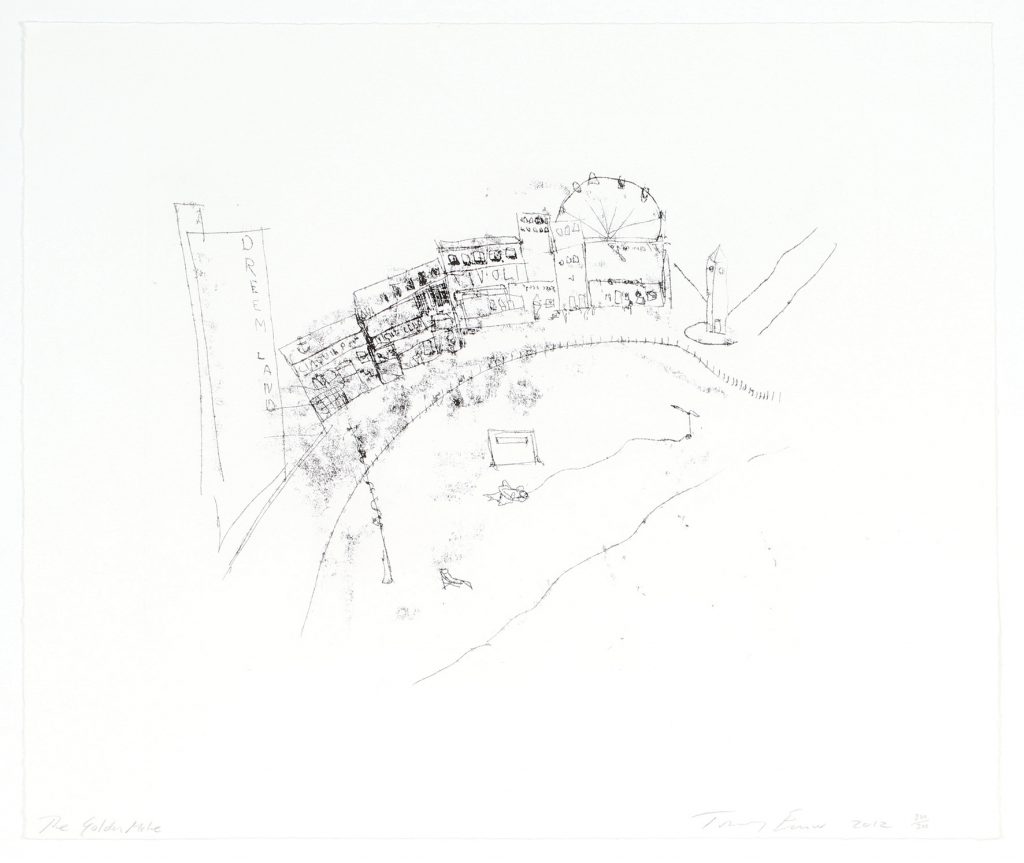
In the 20th century Britain’s modern artists assimilated the influences from the Continent within our nation’s unique artistic procession. Despite prices continuing to rise prints can provide an accessible way to collect work by the best of British artists.
Artists as diverse as John Piper, Paul and John Nash, Eric Ravilious, Edward Bawden and Ivon Hitchens all worked in Sussex. They sought to articulate the British landscape, architecture and life of our nation adding a modern voice to the romantic tradition.
Others like Ben Nicholson, Barbara Hepworth and Henry Moore followed a more modernist path though their art never failed to articulate something of the world they inhabited.
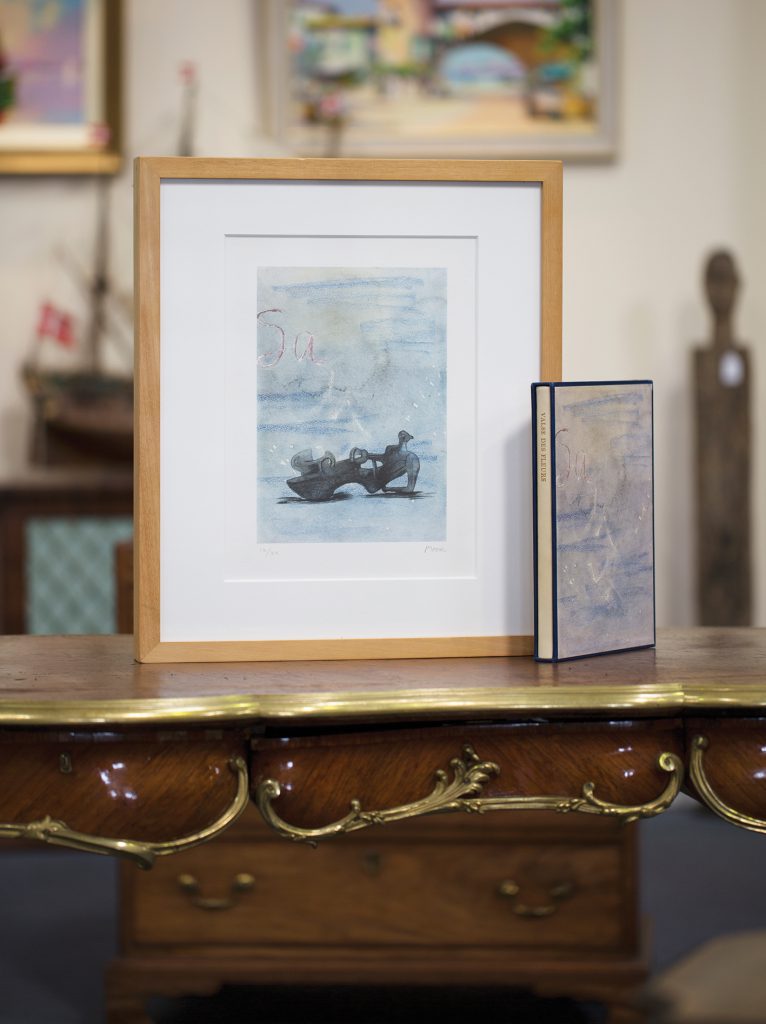
Henry Moore illustrated Sacheverell Sitwell’s ‘Valse des Fleurs, A day in St Petersberg and a Ball at the Winter Palace in 1968’ for The Fairfax Press in 1980. The copy illustrated here is number nine from the edition of just twenty signed by Sitwell and Henry Moore. The limited edition was accompanied by a lithograph by Moore. The reclining figure was a theme which Henry Moore returned to throughout his career. He acknowledged that he was first inspired to the subject when he discovered an illustration in a book of the pre-Columbian figure Chacmool in the 1920s. The stillness and alertness of the figure depicted in the lithograph is typical of Moore’s reclining figures.
John Piper was one of the most versatile British artists of the 20th century. Alongside his paintings and designs for stained glass, tapestries and ceramics, Piper’s large corpus of prints are highly acclaimed. They record the topography of architecture and landscapes following in the tradition of 18th century watercolourists whilst reinterpreting the romantic genre.
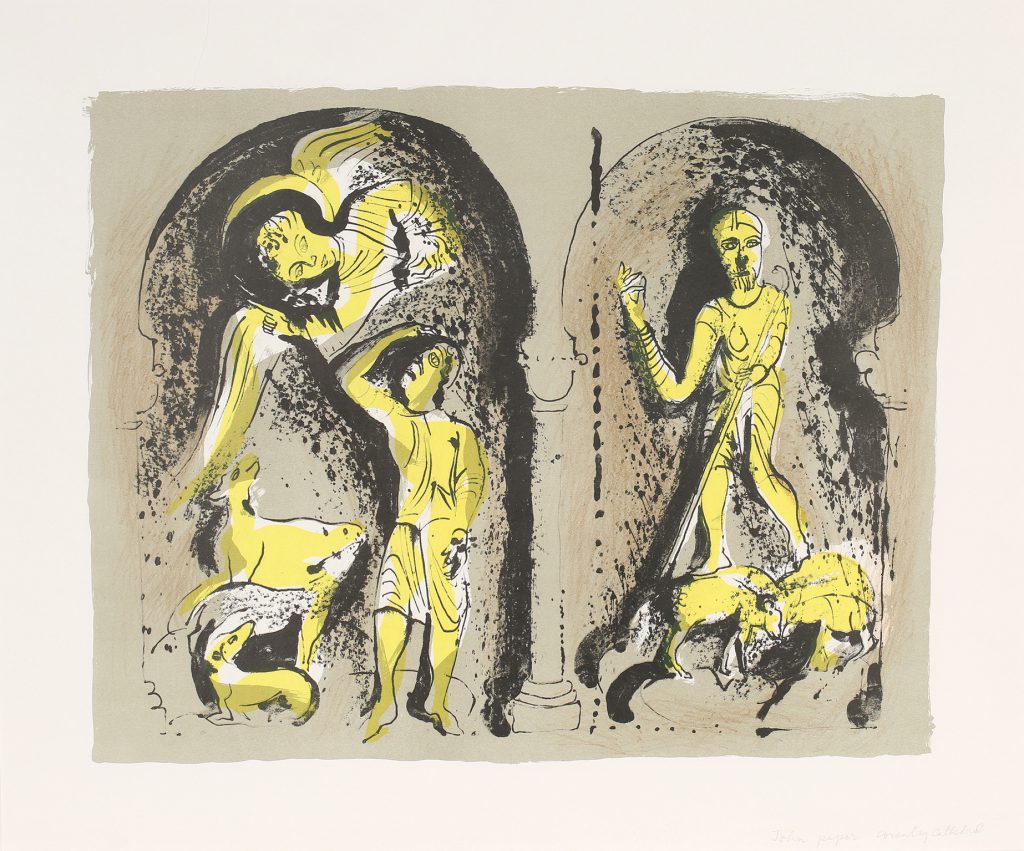
‘The Annunciation to the Shepherds’ illustrated here is a large lithograph dating from 1973. I love the look of surprise and trepidation in the shepherd’s face as he looks up to discover the angel above him which has come to tell him that Jesus Christ has been born in Bethlehem.
More recently Brit Artists like Tracey Emin have been employing printmaking. ‘The Golden Mile’ photogravure seen here captures her childhood memories of the Golden Mile beach at Margate with its neon lights, ice cream parlours and fun fairs. There is a joy and energy to the image depicting this memory of a seaside resort.
Today’s Print collectors are passionate about acquiring work by the best of British Artists from the 20th and 21st centuries and the market is continuing to rise. Earlier prints, too, continue to attract the collector’s eye.
These prints will be sold in Toovey’s specialist prints auction on Wednesday 4th October 2017 with estimates ranging between £200 and £500. Further entries are still being accepted.
Toovey’s Print and Map specialists, Nicholas Toovey or Timothy Williams, who are always delighted to meet with fellow connoisseurs and can be contacted on 01903 891955 or by emailing auctions@tooveys.com.
By Rupert Toovey, a senior director of Toovey’s, the leading fine art auction house in West Sussex, based on the A24 at Washington. Originally published in the West Sussex Gazette.
